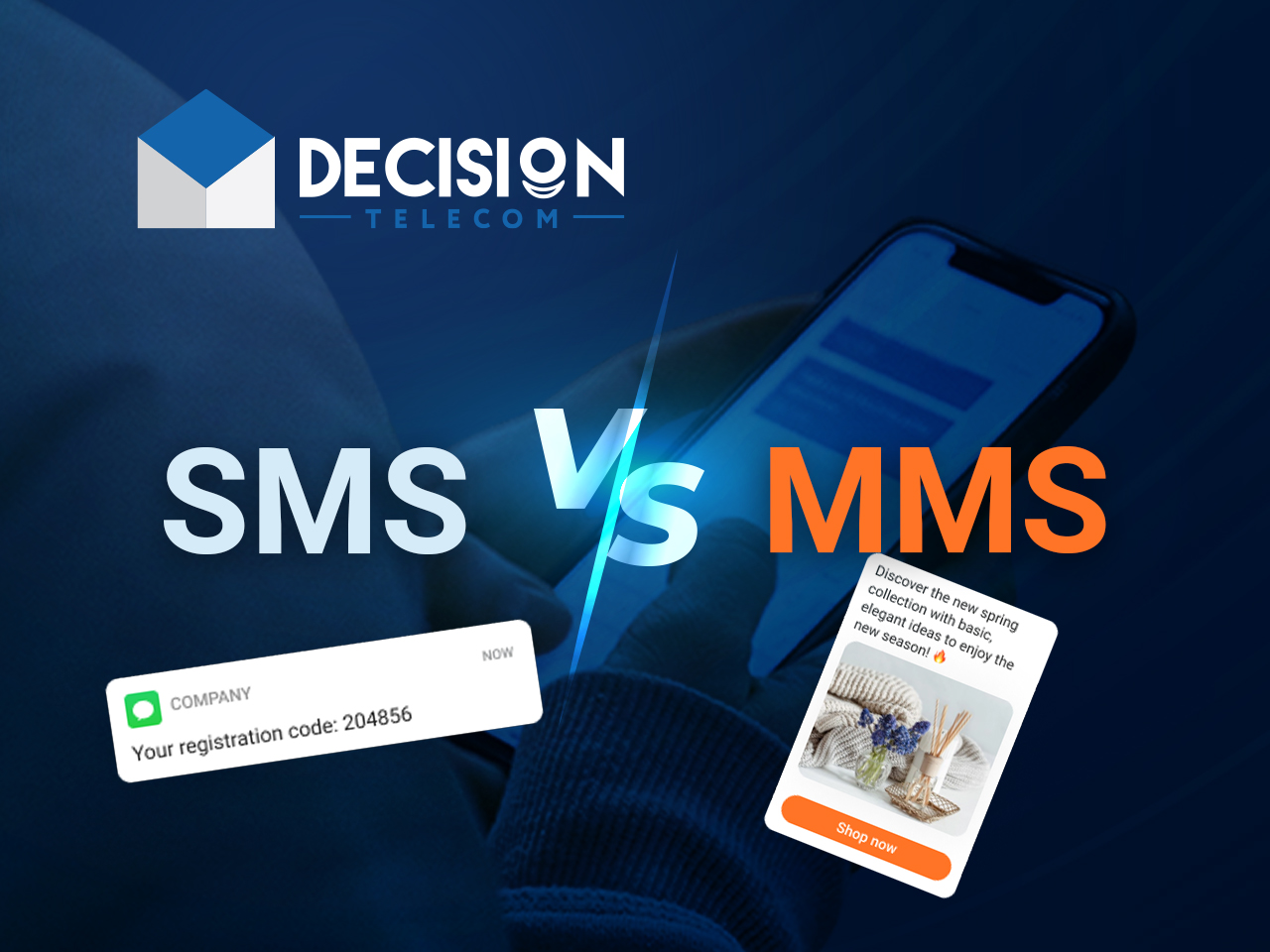Understanding MMS: Its Impact And Applications In Modern Communication
MMS, or Multimedia Messaging Service, has transformed the way we communicate in the digital age. This technology enables users to send not just text but also images, videos, and audio files, making communication richer and more engaging. As mobile devices have become ubiquitous, the importance of MMS in everyday communication has skyrocketed. From sharing memorable moments captured in photos to sending important documents, MMS has become an essential tool in our daily lives.
With the rise of social media and instant messaging apps, you might wonder how MMS fits into this evolving landscape of communication. While platforms like WhatsApp and Facebook Messenger dominate the scene, MMS remains a significant player, especially for those who may not have access to these apps. Understanding MMS is crucial for anyone looking to navigate the various forms of digital communication effectively.
In this article, we will explore MMS in depth, from its history and functionality to its advantages and limitations. We'll also look at how MMS differs from other messaging services and discuss its relevance in today’s fast-paced world. Whether you're a tech enthusiast or simply someone looking to enhance your communication skills, this guide will provide valuable insights into MMS.
What is MMS and How Does it Work?
MMS, or Multimedia Messaging Service, is an extension of SMS (Short Message Service), which traditionally allowed text messages of up to 160 characters. MMS broadens this capability by enabling users to send multimedia content, including:
- Images
- Videos
- Audio files
- Contact cards
To use MMS, a mobile device must have an active data connection, either through mobile data or Wi-Fi. When a user sends an MMS, the message is uploaded to the carrier's servers and then forwarded to the recipient's device, which downloads the content. This process allows for a more comprehensive form of communication that transcends the limitations of text.
What Are the Advantages of Using MMS?
MMS offers several advantages that make it a popular choice for both personal and professional communication:
- Rich Content: Unlike traditional SMS, MMS allows for the inclusion of images, videos, and audio files, making messages more engaging.
- Greater Flexibility: Users can send multiple types of content in a single message, streamlining communication.
- Widespread Accessibility: MMS can be used on almost any mobile device, making it accessible to a broad audience.
- Group Messaging: MMS supports group messaging, allowing users to communicate with multiple recipients simultaneously.
How Does MMS Compare to Other Messaging Services?
While MMS is a powerful messaging tool, it does have competitors. Here's a quick comparison:
| Feature | MMS | Facebook Messenger | |
|---|---|---|---|
| File Size Limit | 300 KB (varies by carrier) | Up to 100 MB | Up to 25 MB |
| Internet Connection Required | No (data/Wi-Fi for media) | Yes | Yes |
| Group Messaging | Yes | Yes | Yes |
| Multi-Platform Support | No (mobile only) | Yes | Yes |
Are There Any Limitations to MMS?
Despite its many advantages, MMS does come with some limitations:
- Cost: Sending MMS may incur additional charges, depending on the mobile carrier.
- File Size Restrictions: Carriers often impose limits on the size of files that can be sent via MMS.
- Inconsistencies: Not all devices or carriers support MMS equally, leading to potential compatibility issues.
How Has MMS Evolved Over Time?
Since its inception in the early 2000s, MMS has undergone significant changes:
- From Basic to Rich Media: Initially limited to simple images, MMS now supports videos and audio.
- Integration with Apps: Many messaging apps now incorporate MMS for enhanced functionality.
- Improved User Experience: Advances in mobile technology have made sending and receiving MMS faster and more reliable.
What Does the Future Hold for MMS?
The future of MMS seems promising, especially as technology continues to evolve. With the increasing use of 5G networks, we can expect faster data transfer rates and improved multimedia experiences. Additionally, as mobile technology becomes more integrated with social media platforms, MMS may find new applications in marketing and communication strategies.
Conclusion: Why Understanding MMS is Essential
In conclusion, MMS remains a vital component of modern communication. Its ability to convey rich media makes it an invaluable tool for personal and business communication alike. As we continue to explore new technologies and communication methods, understanding MMS will enable us to leverage its advantages effectively. By staying informed about the latest trends and developments in MMS, we can enhance our communication skills and connect with others more meaningfully.
Exploring The World Of Movies On Movies 07.vip
Unveiling The World Of MMS Sex Videos: A Deep Dive Into The Culture And Consequences
Nude Girls Of WWE: The Allure Behind The Spotlight
/what-is-sms-mms-iphone-2000247-Final-5c38a50846e0fb0001673a66.png)


